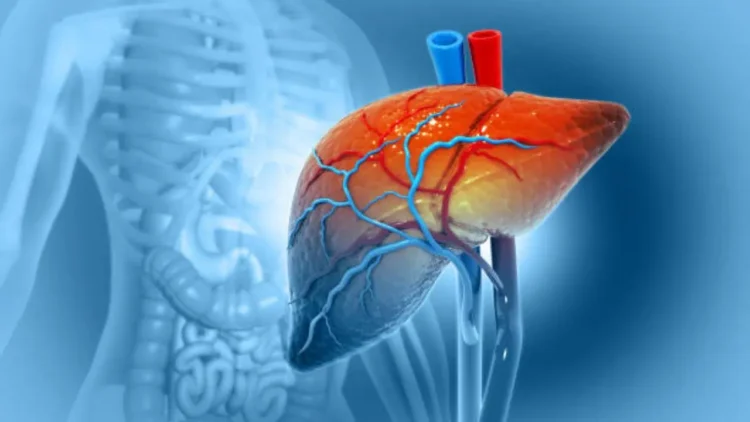How liver disorders sufferers’ lives may be saved by liver transplant
The liver is essential to the body’s general operation. It preserves general health by cleansing the blood of impurities and detoxifying it. Additionally, the liver secretes bile, which facilitates better absorption of lipids and eases digestion. In order to preserve energy balance, it also stores nutrients like vitamins and minerals and controls blood sugar levels by storing and releasing glucose. On the other hand, liver failure and the need for a liver transplant are conditions that affect liver function and may be identified.

Relevant issues about liver transplants are addressed by Dr. Gaurav Chaubal, director of the liver, pancreas, intestine transplant program, and HPB surgery at Gleneagles Hospitals in Parel, Mumbai.
A liver transplant: what is it?
A liver transplant is a significant operation. A healthy liver, usually obtained from a dead or living donor, is used to replace a failing liver. Living donor liver transplantation, pediatric liver transplantation, split liver transplantation, domino liver transplantation, cadaver liver transplantation, and auxiliary liver transplantation are a few of the several forms of liver transplantation. Therefore, it’s important to know when a liver transplant is necessary to enhance one’s quality of life.
An efficient liver transplant process begins with a comprehensive assessment. This determines whether the patient is physically and psychologically prepared for the rigors of a liver transplant procedure as well as the likelihood of a successful transplant.
The liver team will assist the patient and caregivers in comprehending the liver transplant surgical procedure after the testing and analysis. Hepatologists, intensivists, anesthetists, liver transplant surgeons, coordinators of liver transplants, nurses, care managers, physiotherapists, nutritionists, and other specialists make up the multidisciplinary team at our liver transplant facility in Mumbai that will oversee your treatment at every turn. The procedure includes the transplant operation, post-transplant rehabilitation, and a waiting and preparation time.
To whom is a liver transplant recommended?
It is a suggested course of therapy for patients with end-stage chronic liver disease (ESLD). It is a progressive disease that causes damaged liver tissue (cirrhosis) to replace good liver tissue, decomposing the liver in the process.
Another condition that calls for a liver transplant is liver cancer (Hepatocellular Carcinoma). An early liver transplant is beneficial when the patient has Acute Liver Failure, which is defined as a sudden loss of more than 75% of the liver’s working ability in a short period of time. Inborn errors of metabolism, biliary atresias, and hepatoblastomas are additional criteria for liver transplantation in the juvenile population.
How long does it take to heal after a transplant?
It might take up to 10–15 days for the recipient and 5–7 days for the donor to be released from the hospital after liver transplant surgery. If the donor maintains a healthy lifestyle and adheres to the recommended diet, they may resume their regular life after about a month. After the procedure, the donor’s life expectancy is unaffected, and after two months, no more medical care is needed. After a successful procedure, the patient may return to their regular life in around two months as long as they follow the suggested diet and way of living.
A liver transplant changes a person’s life since it increases survival rates via quick recovery and positive results.







